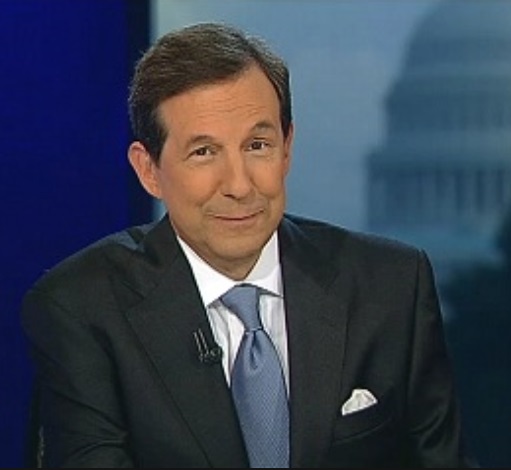Dear Commons Community,
The New York Times this morning has a featured article on the difficulties of small private liberal arts colleges. While better-known private colleges such as Swarthmore and Amherst are doing well, others are struggling financially. The article focuses on Franklin Pierce where a combination of fewer high school graduates and increasing costs are taking a toll. Here is an excerpt:
“After years of financial crisis, Franklin Pierce, like dozens of other small colleges nationwide, is struggling to survive. It faces huge debt, a junk bond credit rating and an uncertain future. It has even resorted to creative image-buffing, like hanging a banner on a derelict building here saying, “Future Home of the Franklin Pierce Science Center,” though there is no money for a science center yet.
…In the last few years, small liberal arts colleges have been under financial siege, forced to re-examine their missions and justify their existence. Even several established and respected ones — Bard College, Yeshiva University, Mills College and Morehouse College, among others — have received negative financial ratings.
Not that long ago, colleges across the country enjoyed a seemingly endless supply of candidates and were pouring money into expansion plans. Some added costly luxury amenities like rock-climbing walls to seem more attractive. Some increased tuition on the theory that high tuition connotes prestige, but then cut their cash flow by giving out generous scholarships and grants to lure students despite their price. (At Franklin Pierce not a single student pays the sticker price.)
Now, as times change, the colleges are fighting over a dwindling pool of applicants. In parts of the country, the number of high school graduates is dropping. At the same time, students and parents have started to question the choice of expensive private schools that leave them with high debt and no clear job prospects, taking a second look at public universities. And the reduction in demand is making it harder to pay for some of the overbuilding.
Smaller colleges are especially hard-hit. Many of the endangered ones are in rural areas and have traditionally drawn from regional markets, but have lost market share as students become more willing to travel beyond their home territory. Often they have not been able to keep up with the demand for expensive science and technology courses. Some are women’s colleges, historically black colleges or religiously affiliated — appealing to a smaller audience.”
While these colleges are indeed struggling there may be hope. Commenting on the past year at Franklin Pierce, the article mentions:
“Franklin Pierce has about 1,400 undergraduates on its tiny rural campus, tucked here between the choppy waters of Pearly Pond and Mount Monadnock, a popular hiking spot memorialized by Ralph Waldo Emerson. With an endowment of $5.2 million and debt of $39 million, it depends on student fees to pay more than 95 percent of its operating costs; yet to keep students, it must heavily discount its $46,000-a-year tuition, room and board.
At its nadir in the fall of 2014, it hired a new marketing director, James Wolken, who had worked at the Massachusetts Institute of Technology and the Rhode Island School of Design. He sat in his office recently surrounded by mock-ups for a fall marketing campaign — “Be Frank. Be who you want to be at Franklin Pierce” — and recalled how he had pushed to revive the college’s political polling operation, abandoned during the 2008 recession.
Mr. Wolken argued that the poll would build on the college’s Marlin Fitzwater Center for Communications, and give the Franklin Pierce name new visibility. The trustees argued that presidential elections come around only once every four years, and that the university needed a more permanent boost.
But Mr. Card, a chief of staff in the last Bush administration and new to his job here, liked the idea.
Last spring, the university formed a partnership with The Boston Herald and a private pollster. The unexpected intensity of the election season attracted attention to the operation for 11 months before the New Hampshire primary. Mr. Card leveraged his White House credentials to offer political commentary. And in August, worldwide news media picked up a Franklin Pierce University/Boston Herald poll showing Senator Bernie Sanders of Vermont leading Hillary Clinton in New Hampshire.
The name recognition was phenomenal. “CNN, Fox, regional TV, he always got our name plug there,” Mr. Wolken said of Mr. Card.
In September, Standard & Poor’s raised Franklin Pierce’s rating from a gentleman’s CCC to CCC+, Mr. Card recalled.
This year, undergraduate applications soared to more than 6,400, from 3,600. More than 500 students have put down deposits, up from 370 at the same time last year. Officials say their goal is a class of 540.”
We wish Franklin Pierce and other small liberal arts colleges well!
Tony






